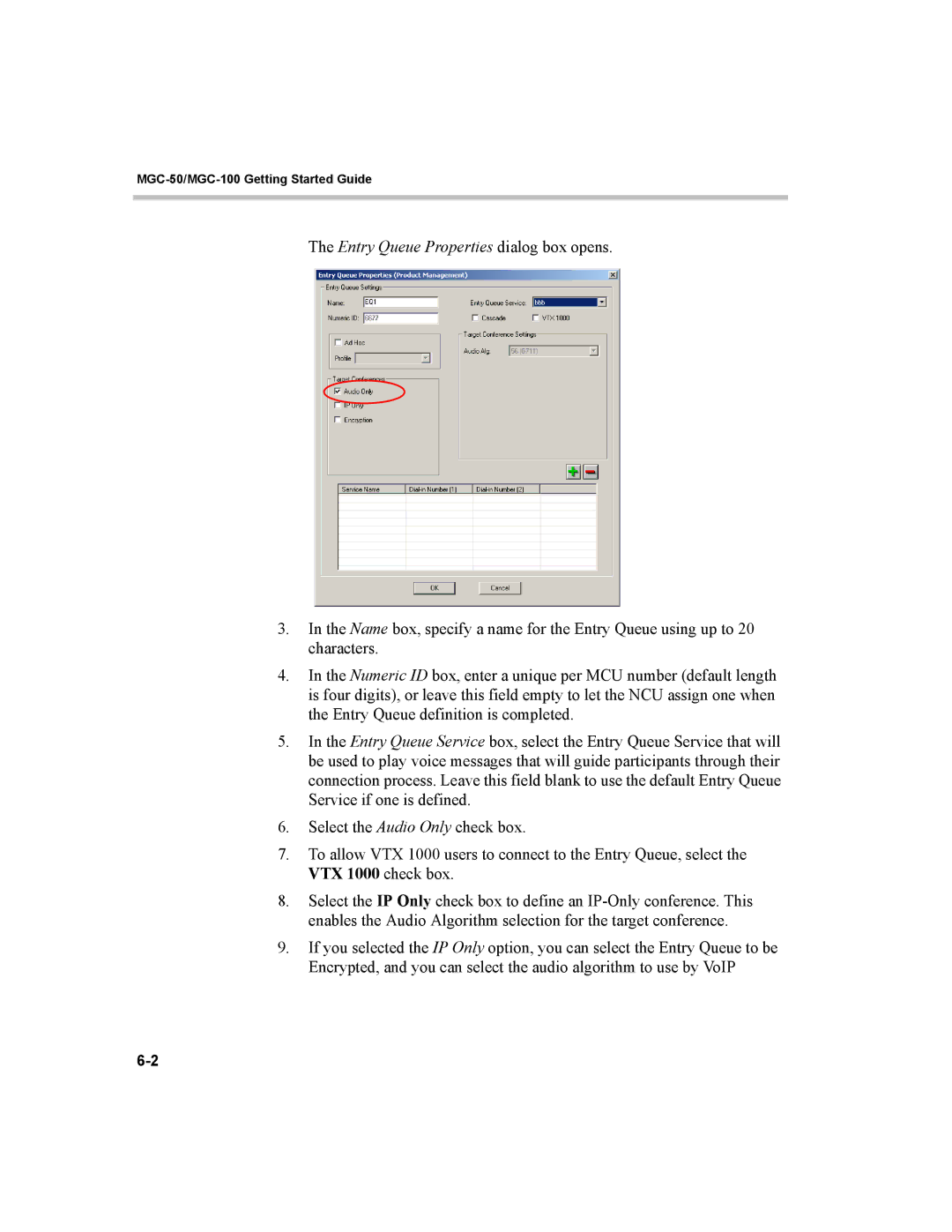MGC-50, MGC-100 specifications
The Polycom MGC (Multipoint Gateway Controller) series includes notable models such as MGC-100 and MGC-50, designed to enhance video and audio conferencing capabilities in various organizational setups. These systems are pivotal for facilitating effective communication in a world where remote collaboration is increasingly essential.The Polycom MGC-100 serves as a powerful multipoint control unit (MCU), allowing multiple concurrent video and audio sessions. It is particularly suitable for larger enterprises and organizations that require sophisticated conferencing capabilities. Supporting both standard definition (SD) and high definition (HD) video, the MGC-100 can manage high-quality video streams seamlessly. Its ability to integrate with different conferencing systems and technologies makes it a versatile tool for enterprises looking to enhance their collaboration efforts.
Some standout features of the MGC-100 include its support for a wide range of protocols, including H.323 and SIP, ensuring compatibility with various endpoint devices. This model can accommodate a substantial number of participants, depending on the configuration, with options for scalability. The system also boasts advanced features such as content sharing, enabling users to present slides, documents, and other materials during conferences.
On the other hand, the Polycom MGC-50 is designed for smaller organizations or departmental use. While it provides fewer simultaneous sessions than the MGC-100, it still offers robust features that make it ideal for moderate conferencing needs. The MGC-50 also supports both H.323 and SIP protocols, ensuring smooth interoperability with various video conferencing endpoints. This model features straightforward management capabilities, allowing administrators to set up and control conferences with ease.
Both models are built with advanced video processing technologies, ensuring high-quality audio and video transmission. The inclusion of error correction and packet loss recovery technologies further enhances user experience, minimizing disruptions during calls. The systems also support a variety of codecs, ensuring optimal performance across different network conditions.
In terms of characteristics, both the MGC-100 and MGC-50 emphasize reliability and ease of use. They come with user-friendly interfaces and remote management capabilities, making it simple for IT professionals to maintain and configure the systems. In conclusion, the Polycom MGC series, with its MGC-100 and MGC-50 models, exemplifies a commitment to quality and performance in multipoint conferencing, catering to diverse organizational needs while facilitating effective communication strategies.

